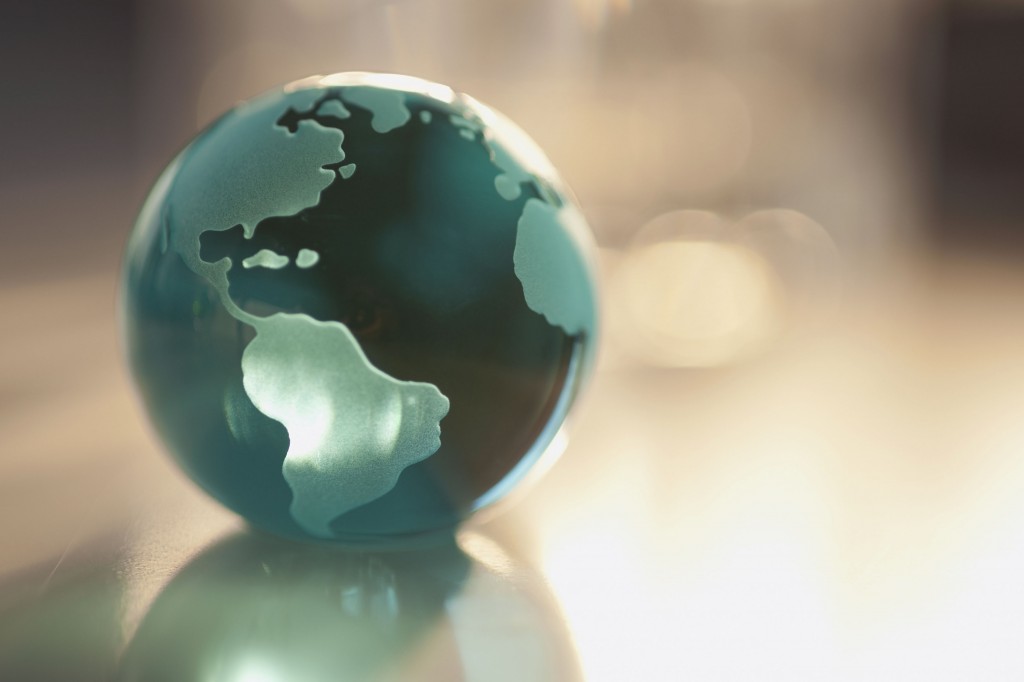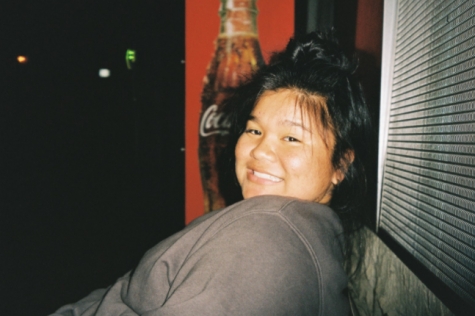Earlier this month, an 83-year-old Filipino woman fell victim to a random violent attack while riding the trolley downtown. This incident falls within a trend of over 2,583 reports of anti-Asian hate crimes since March 2020, the beginning of the COVID-19 pandemic. The culmination of issues like the model-minority stereotype has led to the dehumanization of Asians and has contributed significantly to the much more severe problem of rising hate crimes against Asians.
After the beginning of the COVID-19 pandemic, The uprising of anti-Asian hate crimes within the United States has been directly linked to the racist rhetoric used to characterize the virus by the Trump administration — the Huffington Post even labeled former President Trump to be “the biggest ‘Superspreader’ of anti-Asian racism” by using terms like ‘Kung Flu’ and ‘Chinese Virus’ to name COVID-19.
However, Anti-Asian sentiment is not new in the United States and has even caused a divide amongst different groups of color.
Executive Order 9066 passed by former President Franklin Roosevelt legalized the formation of concentration camps for Japanese-Americans. Over 120,000 people were forced into these camps. The roots of racism towards Asians run deep through our nation’s history.
Between the Chinese immigrants who built the Transcontinental Railroad in the 1860s, the Filipino farmworkers like Larry Itilong who co-led the agricultural labor movement in the 1960s and the modern-day Filipino nurses who are overrepresented in COVID-19 deaths, Asians have sacrificed so much for the advancement of innovation, freedom, and safety in the United States.
When the problem of racism came to the forefront in the past year, it has been difficult for people of color to navigate the issue of race through an intersectional lens. Instead of setting aside differences and standing in solidarity with one another, it is common for people of different communities to point fingers and play into the “Oppression Olympics,” a game in which different communities of color plead on who has had it worse.
People of color as a whole must be attentive to the ways in which they perpetuate white supremacy or how their beliefs about other minorities can be embedded in racism.
Of course, people from different racial and ethnic backgrounds could never fully understand what it is like to be a part of a different marginalized community, but acknowledging these differences, educating yourself, listening and amplifying voices from other communities is beneficial to both parties.
Gaby Jose is a sophomore studying
Jessica Octavio is a junior studying microbiology.









